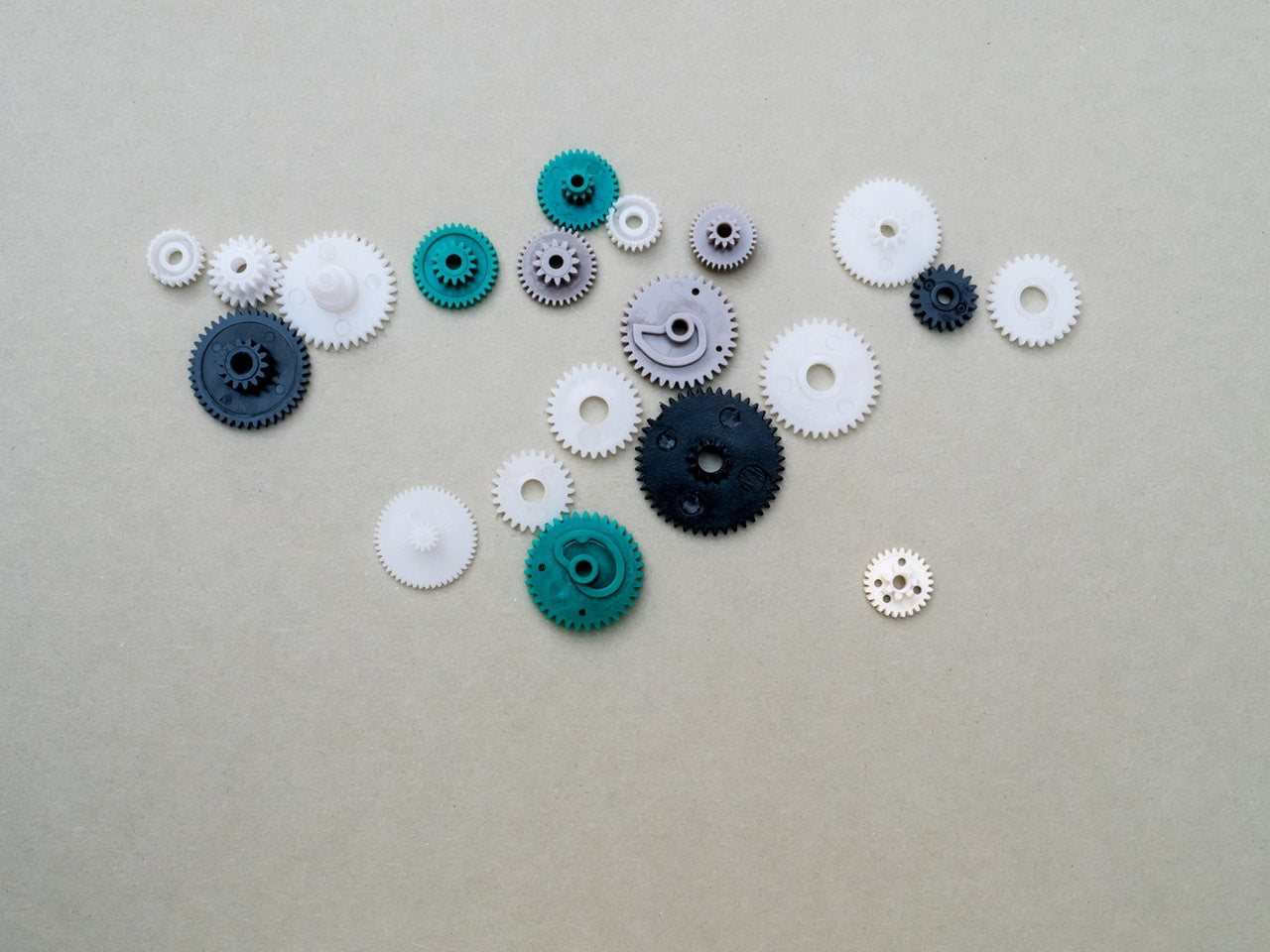
Never have to order parts replacements and experience the hassles of back-ordering and waiting for the parts to arrive when you have a 3D printer. Through 3D printing, you can create virtually any part with the same or even improved strength and durability. You can also correct any design flaws that led to the breakage of the part in the first place through the CAD software. Want to get started? Start by checking if the part will be undergoing stress regularly. Read below what to do for each case:
Types of Replacement Parts
For parts that undergo no stress
For replacement parts that are just meant to be decorative, you can utilise PLA filaments. It is an eco-friendly material derived from natural substances and emits pleasant odours while printing. It has very limited temperature resistance and flexibility but has sufficient strength.
For parts that undergo a bit of stress
ABS is a good material for 3D printed parts that require a bit of strength. It allows for partial flexibility, more strength, and higher temperature resistance than PLA. It can be used for casings, project enclosures, and automotive hardware.
Nylon comes a close second when it comes to stronger and durable materials. However, its printing difficulty can be a nuisance but it can create sturdy screws, nuts, bolts, and plastic gears.
For parts that undergo heavy stress
Polycarbonate is the strongest filament so it makes sense to use it on high-stress replacement parts. Common applications include electrical, mechanical, and automotive components that require high strength and heat resistance. Another tip is to set the infill percentage higher to make the part stronger.
However, if the part you need to create requires industrial-strength, you would have to resort to metal or higher grade plastics, which you can only gain access to through 3D printing outsourcing services.
For parts that require flexibility
If you need flexible parts, going for flexible filaments is your best bet. Depending on the level of flexibility, you can choose TPU, Polypropylene, and other materials that provide a semblance of elasticity.
For parts that require interlocking action
For living hinges, gears, carabiners, buckles, and other parts that interlock, you can use ABS, PETG, and polypropylene. Since this requires durability and strength, you need to increase infill percentage to ensure that it will withstand the constant rubbing and snapping.
For parts that undergo constant heat and sun exposure
ASA is the best material for parts that will be regularly exposed to heat and the sun. It has high UV, heat, and impact resistance, making it the perfect material for exterior parts for vehicles, exterior signages, and outdoor electronics casings.
How to Start Creating 3D Printed Parts
If you think you have the necessary materials and 3D printing mastery to create the parts, it’s time to get started. There are three ways to go about it:
3D Scanning
3D scanning makes it easy to recreate materials with a 0.1mm accuracy. However, shiny black parts can be difficult to detect by the 3D scanners so you would have to resort to other methods to recreate them.
CAD Software
CAD software comes in handy for experienced 3D printer users. All you have to do is measure the part and recreate it digitally using the measurements. If you have no idea of the measurements since the part broke or melted, you can check with the manufacturer.
Templates
There are plenty of websites online that have existing templates. Browse through sites like Thingiverse to check if they already have a template for your part so that you don’t have to design the part yourself.
Outsourcing
If you don’t have the time to create the part or just don’t know where to start, you can always outsource it to 3D printing service providers like X3D. When you outsource it, you can be sure of the quality of the design and the printing. You also get to avoid trial and error when creating the parts.
Never have to order parts again, thanks to 3D printing!
Put your 3D printer to good use and create functional parts to make your life easier. If you need help in creating the parts or other 3D printing projects, you can outsource them to us through our 3D Printing Service. For inquiries, you can contact us at x3d@x3d.com.au.

